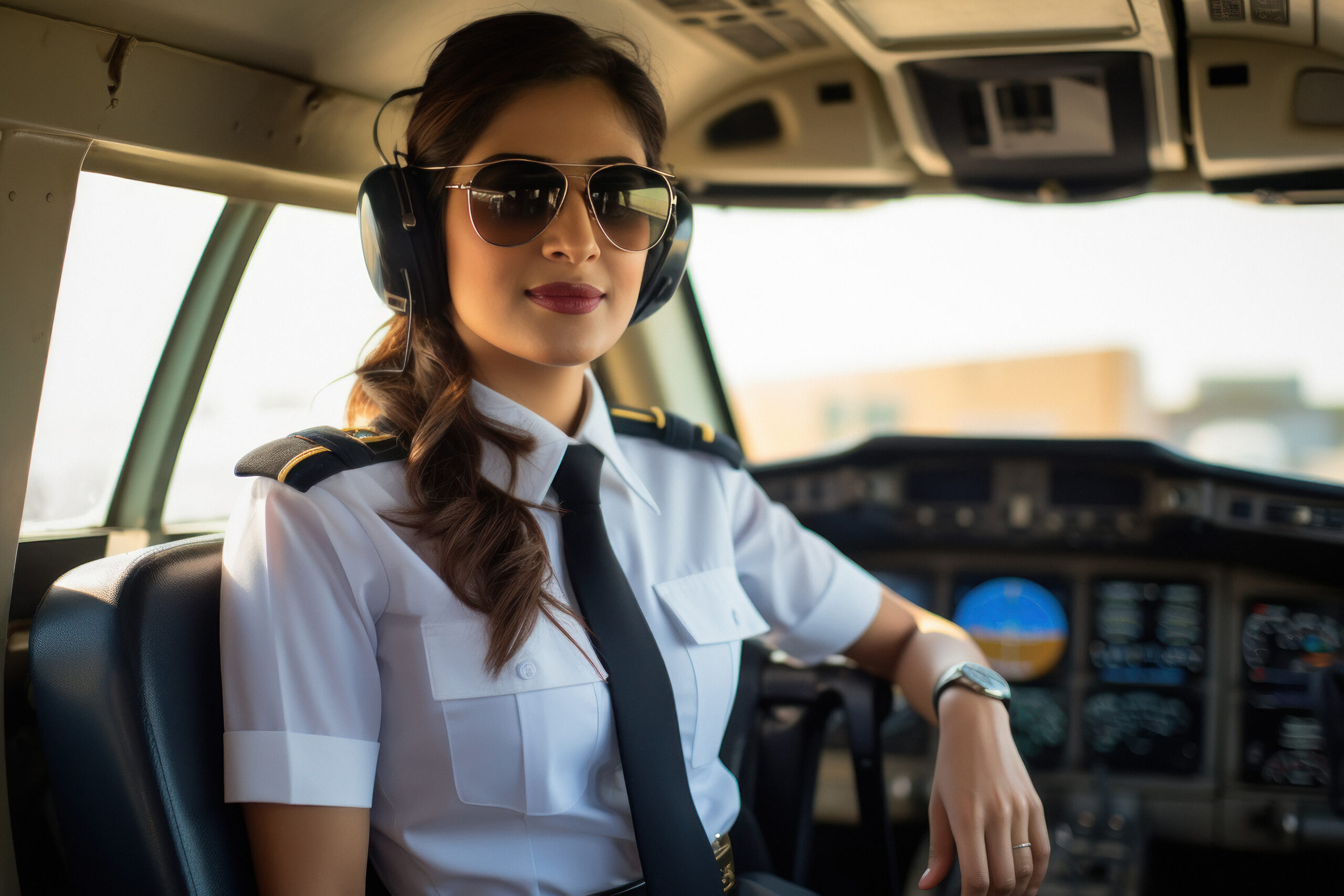Aviation has long been a male-dominated industry, but efforts to diversify the field are making waves across the country. Despite this, female pilots remain a minority, with women comprising only about 9.57% of pilots in the United States.
In Pittsburgh, one organization is working to change that by introducing high school students to the fundamentals of aviation through a robust ground school and flight training program. The program has had female students in the past and is actively seeking to increase female enrollment, its mission is to create opportunities for young people to explore careers in aviation, including piloting aircraft and operating drones.
Center for Aviation Technology & Training at Hosanna House
At the forefront of this initiative is the Center for Aviation Technology & Training (CATT) at Hosanna House, an innovative program dedicated to providing students with comprehensive aviation education. CATT offers both theoretical and hands-on learning experiences, equipping students with the skills they need to succeed in the aviation industry. The program serves as a gateway for aspiring pilots and drone operators, allowing them to engage with industry professionals, use state-of-the-art technology, and gain invaluable real-world insights into aviation careers.
Taking Flight at a Young Age
“We take students flying,” Andrew Stefanick, Ground School Instructor, shared with us. “We’ve done that a few times, but for the most part, we start with ground school.” The program currently teaches aviation fundamentals across three high schools, with four classes participating in the curriculum. Each session lasts three hours, immersing students in aviation knowledge before they ever set foot in a cockpit.

Discovery flights, which introduce students to actual flying, allow two students at a time to experience piloting a small aircraft—a Cessna 172, a four-seater single-engine plane. However, formal training is one-on-one, providing each aspiring pilot with focused instruction.
“The FAA has made it very regimented to fly these drones commercially, even the small ones,” Andrew continued. “To charge someone money for drone operation, you have to pass the Federal Aviation Regulations (FARs), specifically Part 107.” This drone certification opens career paths in industries like real estate, GIS mapping, and photography, making it an appealing addition to the aviation program.
A Curriculum Rooted in Experience
Aviation training is rigorous, requiring students to grasp complex subjects such as meteorology, airspace regulations, and aircraft operations. Interestingly, the private pilot exam and the Part 107 drone exam share about 80% of the same content, making this program a well-rounded entry point into aviation.
Eligibility criteria for the program ensure that students can progress toward official FAA certification. “We target high school juniors and seniors,” Andrew explained. “They need to be 16 years old to get a student pilot’s license and 17 to become a private pilot.”
Honoring Aviation History While Looking to the Future
The program is housed in a space rich with aviation history. Hosanna House established the Tuskegee Airmen Museum in 2022, further enriching the educational experience by connecting children with history and innovation. “This museum is in collaboration with our curriculum,” Khari Hicks, CATT Coordinator said. “Each lesson has an associated activity, allowing students to engage deeply with the history and mechanics of flight.”
One highlight of the museum is the Double V Campaign exhibit, originally launched by the Pittsburgh Courier. “The idea was about winning abroad in war and winning at home in the fight for civil rights,” the representative explained. “It’s a big part of our identity.”
State-of-the-Art Simulations
To ensure students receive hands-on experience before taking to the skies, the program incorporates high-tech flight simulators. Thanks to a recent grant, they received two $10,000 simulators, providing a crucial bridge between theory and real-world application.
“We use Microsoft Flight Simulator,” Khari said. “It’s a fun and engaging way for students to start learning the controls. But with FAA certification, we can actually give them official logged hours in these simulators.”
Spreading Awareness and Inspiring Change
One of the biggest challenges facing this program is awareness. “A lot of people don’t know we exist,” one organizer admitted. “This program is amazing, and we need to get the word out.”
Field trips and community partnerships help introduce more students to aviation, and the program leaders hope to attract more young women to enroll. While female participation in the program has been limited, increasing representation in aviation is a goal.
The Path Forward for Women in Aviation
With so few female pilots, the need for targeted outreach and mentorship is more urgent than ever. Organizations like Sisters of the Skies work to support women of color pursuing aviation careers through scholarships and networking opportunities. Programs like CATT at Hosanna House could be a pipeline for young women looking to break into the field, provided they receive the necessary encouragement and resources.
Aviation is a field with boundless opportunities, and programs like this are opening doors for young people to step into the cockpit. By raising awareness and increasing accessibility, the next generation of pilots—including females —can take flight and reshape the future of aviation.




